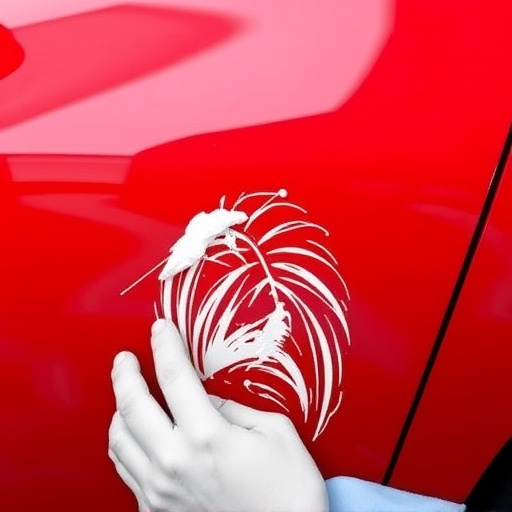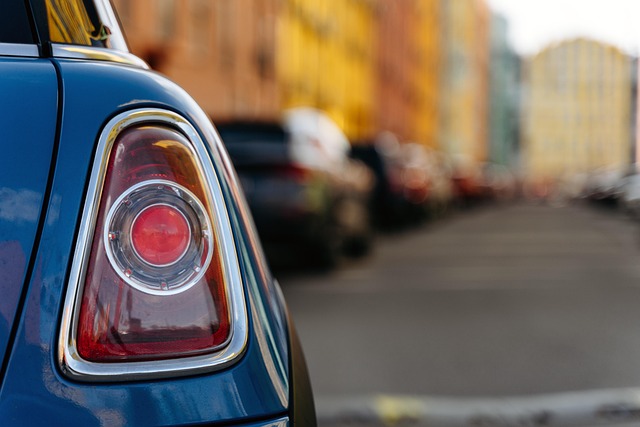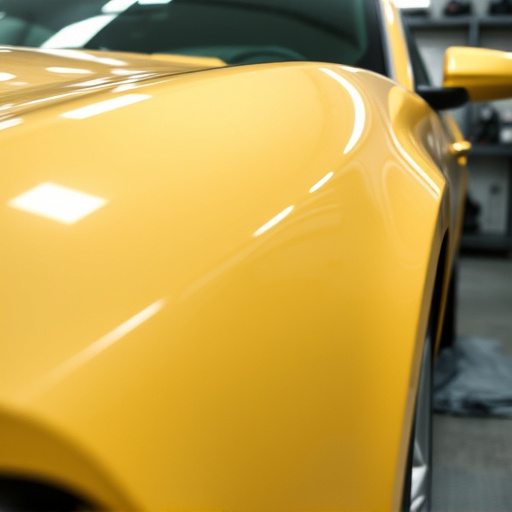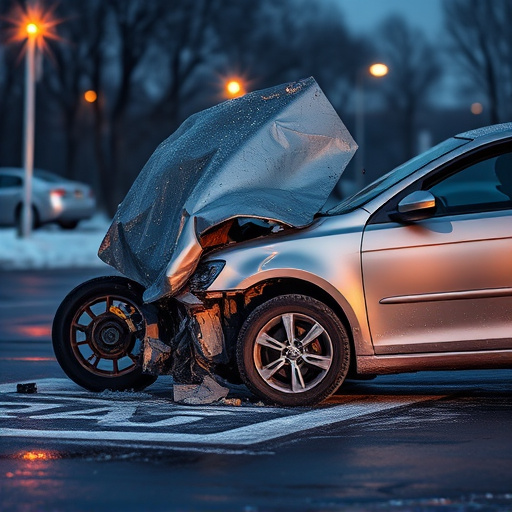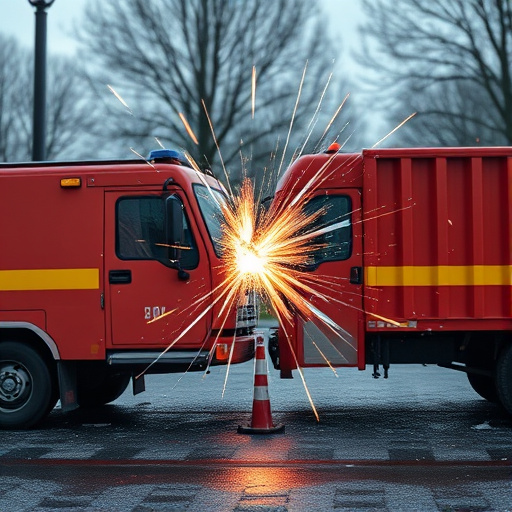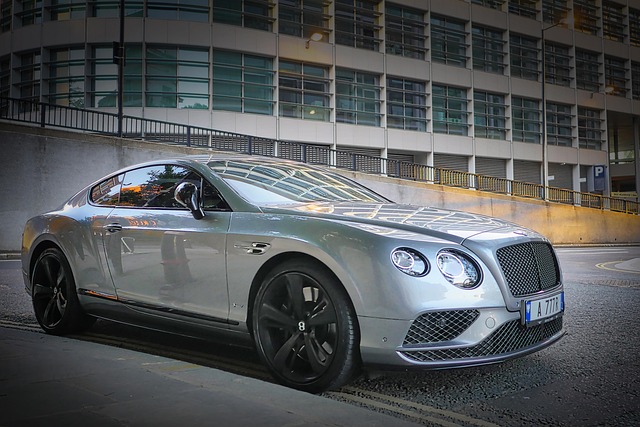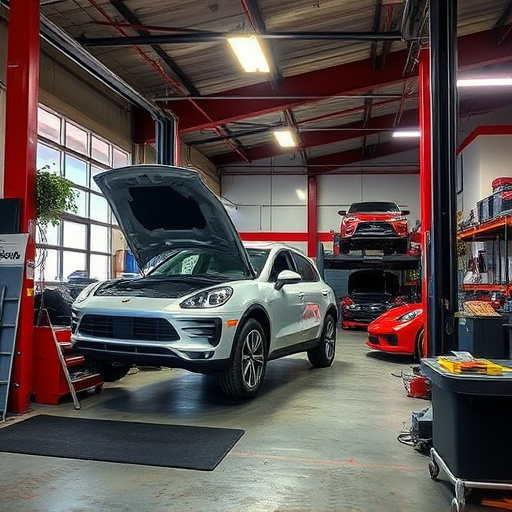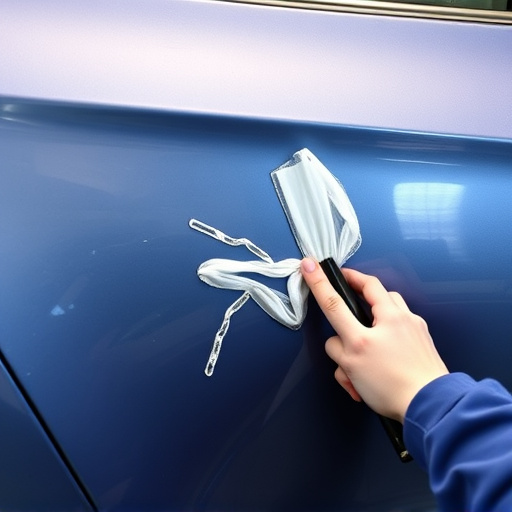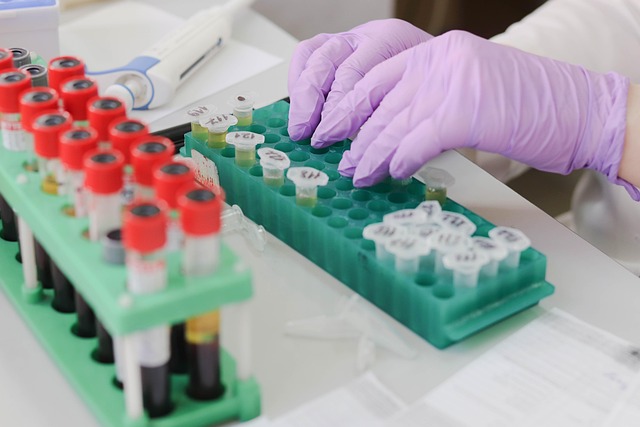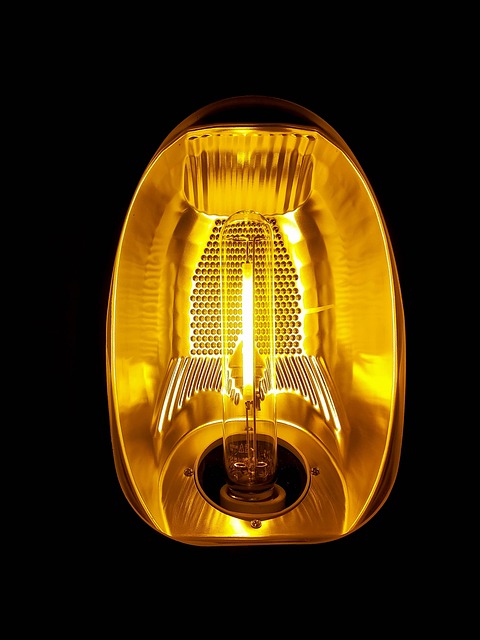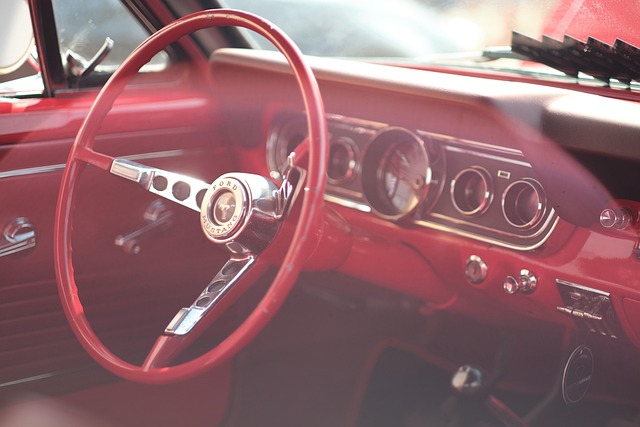Mercedes night vision calibration is a critical process ensuring optimal performance of the vehicle's low-light safety features. It involves precise adjustments to camera settings after any modifications, maintaining clear images and safe driving conditions at night. Regular calibration also preserves collision repair quality.
Mercedes Night Vision Calibration: Ensuring Optimal Safety on Dark Roads. Modern Mercedes vehicles are equipped with cutting-edge night vision technology, enhancing driver visibility in low-light conditions. However, optimal performance requires periodic calibration after adjustments to the camera system. This article delves into the significance of Mercedes night vision calibration, explaining when it’s needed and providing a step-by-step guide to ensure your vehicle’s advanced safety feature remains at its best.
- Understanding Mercedes Night Vision Technology
- When and Why Calibration is Necessary
- The Calibration Process: Step-by-Step Guide
Understanding Mercedes Night Vision Technology
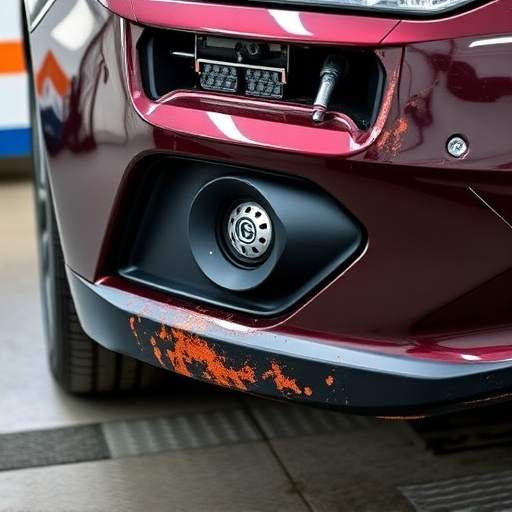
Mercedes Night Vision technology is a cutting-edge safety feature designed to enhance driver visibility during low-light conditions, such as night driving or adverse weather. This advanced system utilizes infrared cameras and thermal imaging to detect and illuminate obstacles, pedestrians, and other road hazards that might be difficult for traditional headlights to reveal. Understanding how this technology works is crucial when considering Mercedes night vision calibration after adjustments to the camera system.
The calibration process ensures that the vehicle’s night vision system functions optimally, providing drivers with clear and accurate images. After any modifications or adjustments to the camera system, whether it’s due to regular auto maintenance, repairs, or upgrades, a proper calibration is essential. This step involves fine-tuning the system’s settings, including focus, exposure, and color balance, to match the specific characteristics of the updated cameras. By doing so, vehicle repair services can guarantee that the night vision technology delivers its intended benefits, making driving safer and more secure in low-visibility conditions, while also preserving the overall quality of car body repairs made to the vehicle.
When and Why Calibration is Necessary
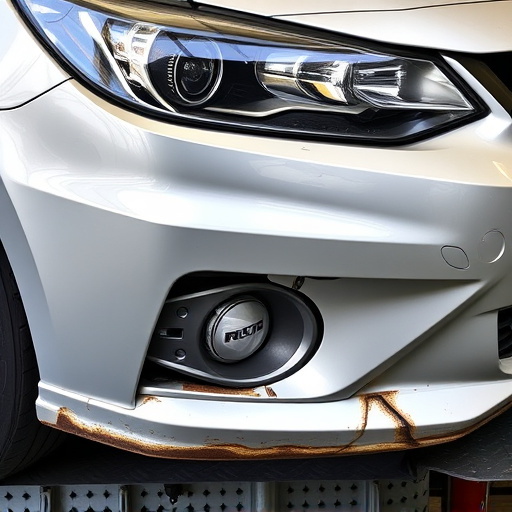
After any adjustments to a Mercedes’ camera system—be it for improved safety features or following an accident at a collision repair shop—a Mercedes night vision calibration becomes essential. This process ensures that the vehicle’s advanced driver-assistance systems (ADAS), particularly its night vision capabilities, operate accurately and effectively. Night driving poses unique challenges due to varying lighting conditions, and calibration checks that these systems are functioning optimally can prevent potential hazards.
Regular calibration is crucial in maintaining the integrity of the Mercedes’ safety features, especially at night when visibility is typically lower. It helps the vehicle’s sensors and cameras work in harmony, providing clear and accurate images for the driver. This step is vital whether it’s a routine service or following repairs at a reputable collision repair center, ensuring that your Mercedes can navigate even the most challenging nighttime driving conditions safely.
The Calibration Process: Step-by-Step Guide
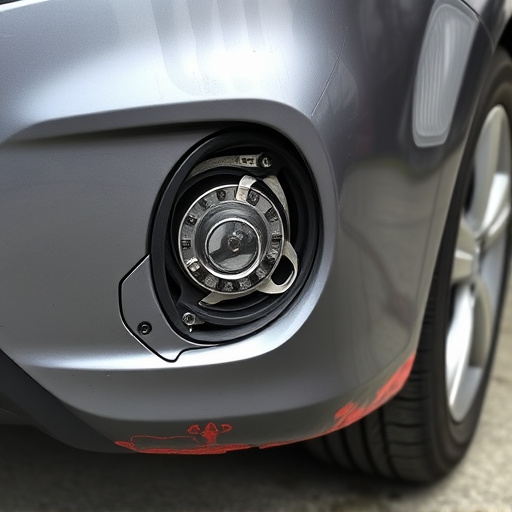
The process of Mercedes night vision calibration is a meticulous task that ensures the advanced driver-assistance systems (ADAS) function optimally in low-light conditions. Here’s a step-by-step guide to understanding this crucial procedure. Firstly, the vehicle is prepared for calibration by conducting a thorough inspection to ensure any necessary adjustments are made to the camera system. This includes checking the night vision cameras’ positioning and cleanliness. Next, specialized tools are used to access the car’s computer system, allowing technicians to perform a series of tests that verify the camera’s performance under simulated night conditions.
During calibration, precise adjustments are made to fine-tune the camera’s focus, exposure, and gain settings. This is done to match the camera’s output with ideal imaging performance. In many cases, an auto collision center or car repair shop will employ specialized software to map out any anomalies in the camera system, ensuring that the night vision technology functions seamlessly. The process aims to deliver a safe and reliable driving experience, especially in challenging nighttime visibility, by addressing potential issues before they impact real-world situations, such as preventing collisions through improved obstacle detection.
Mercedes night vision calibration is an essential process that ensures the optimal performance of the vehicle’s advanced camera systems, enhancing driver safety in low-light conditions. Regular calibration, particularly after adjustments or maintenance, is crucial to maintaining the system’s accuracy and reliability. By following a structured step-by-step guide, owners can ensure their Mercedes’ night vision technology remains a game-changer on the road, providing clear visibility and peace of mind during nighttime driving.

